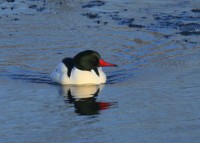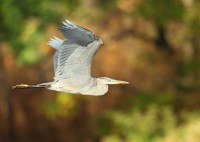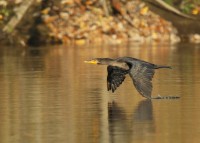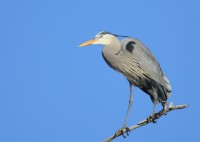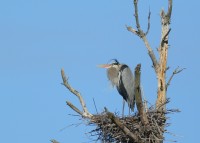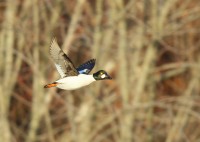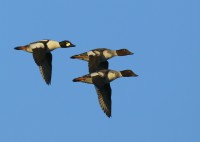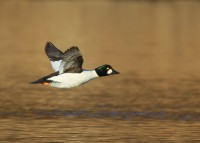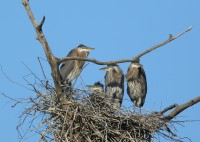Tufted Duck: North Andover
December 28, 2015 in Nearby Waterbirds
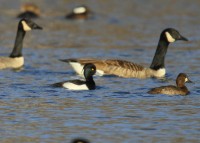 While scanning among the wintering ducks in the NE corner of Lake Cochichewick this morning under clear skies, NW winds blowing 12+mph and gusting over 20 mph, and the wind chill at 18 degrees, observed Scaups, Ruddy Ducks, Ring-necked Ducks, Hoodies, Buffleheads, and a few Common Goldeneyes. A wonderful treat to find the lingering Tufted Duck like a buried treasure in the group!
While scanning among the wintering ducks in the NE corner of Lake Cochichewick this morning under clear skies, NW winds blowing 12+mph and gusting over 20 mph, and the wind chill at 18 degrees, observed Scaups, Ruddy Ducks, Ring-necked Ducks, Hoodies, Buffleheads, and a few Common Goldeneyes. A wonderful treat to find the lingering Tufted Duck like a buried treasure in the group!
